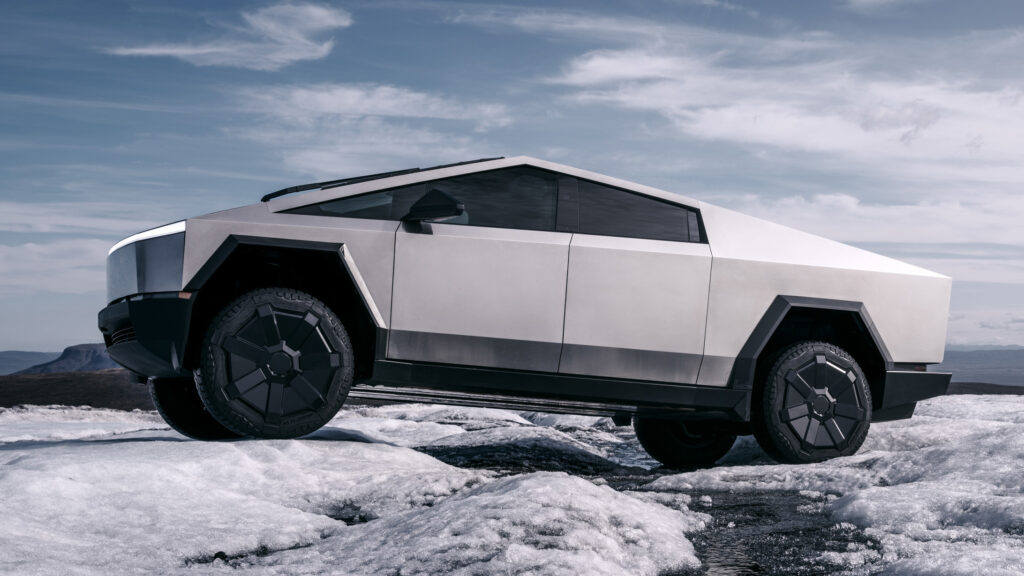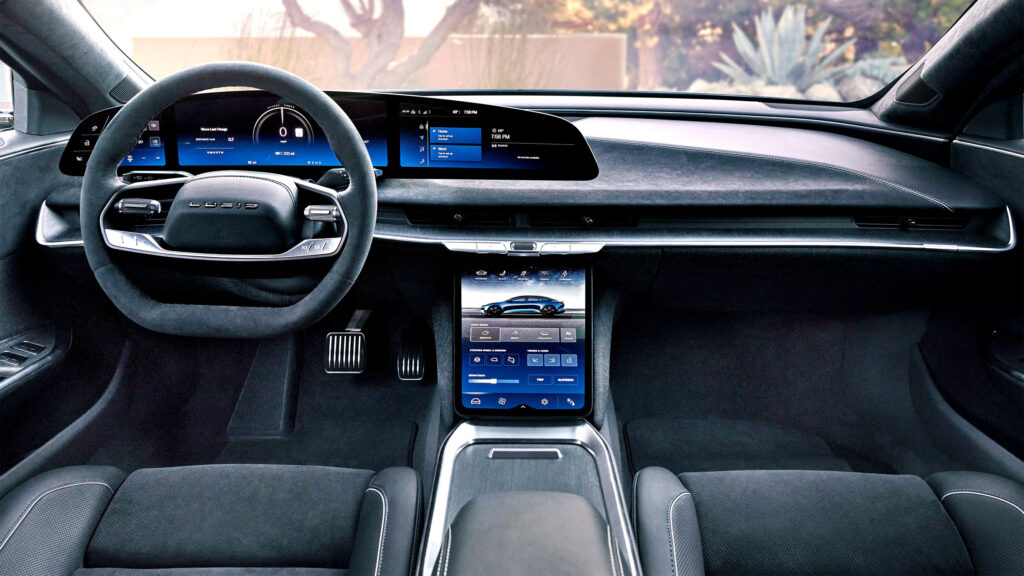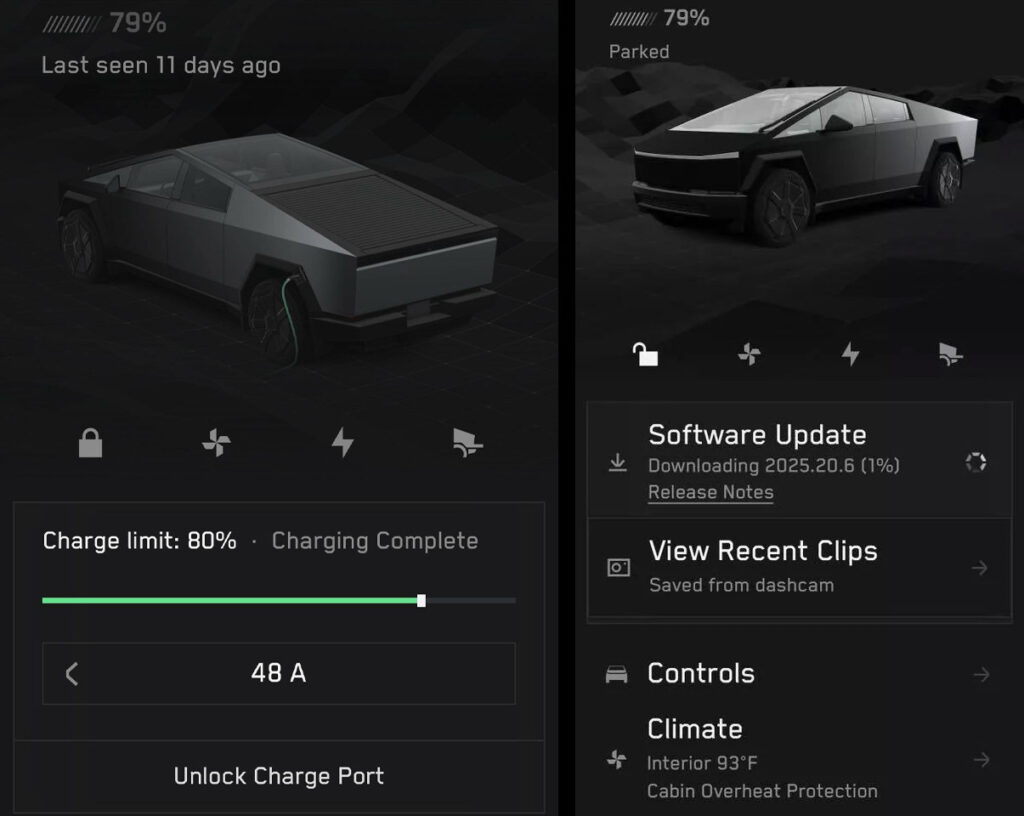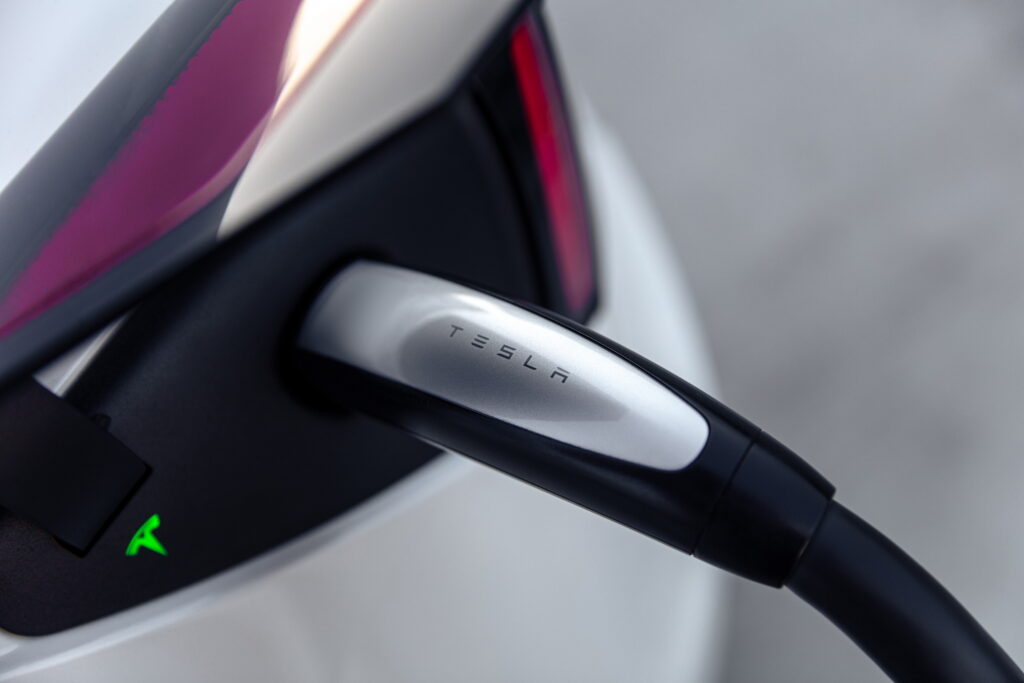Charger Daytona Owner Says His New Car Is ‘Practically Useless’ After Endless Problems
- This Charger has a misaligned driver’s door, a non-functional trunk, and other faults.
- Nicholas Sharrett says the whole car is now “practically useless” due to the issues.
- The driver’s seat also slides back automatically, once trapping the owner’s daughter.
Electric muscle cars were supposed to mark a bold new chapter, but the reality has been less than thrilling. Dodge may not want to admit it, but the Charger Daytona has not ushered in an exciting era for all-electric muscle cars as the brand would have hoped.
In the first quarter of the year, just 2,115 were sold in the US and Canada, prompting Dodge to kill off the entry-level R/T model. And for at least one buyer, it seems to be riddled with issues.
Read: A V8 Dodge Charger Could Be Closer Than You Think
This particular Charger R/T Daytona, which we must say looks excellent painted in Peel Out Orange, is currently being leased by a man named Nicholas Sharrett. He collected it in May from Wetzel Dodge in Richmond, Indiana, and says it has been nothing but trouble. In fact, he now describes the car as “practically useless.”
The Trunk That Won’t Open
Sharrett’s biggest frustration is with the trunk. It doesn’t open, and it hasn’t worked from the day he picked it up. Curiously, Dodge has not added a trunk opener to the keyfob, nor is there a button or a latch in the cabin.
Instead, the only way to open it is to press a tiny rubber button on the taillight. That button doesn’t work, so the only way to load things into the trunk is to open the door, lower the back seats, and throw items to the rear.
Doors Out of Line
The problems don’t end with the trunk. Sharrett says the driver’s door is so badly misaligned that it rubs against the body in three different spots, even wearing away the paint at one point. Wetzel Dodge, located more than 100 miles from his home, tried to correct the alignment but told him Stellantis refused to repaint the exposed metal.
Additionally, there’s a fault with the passenger door, and it only works roughly half the time. So, if Sharrett needs to open the passenger door, he has to do so from inside the Daytona. He also says he receives error messages on the Uconnect infotainment system almost every single time he starts up the car.
The driver’s seat comes with an especially frustrating flaw. When someone in the back pulls the strap to move it forward, the seat slides as expected. But once it reaches the end of its track, it won’t stay in place and immediately begins sliding back on its own. This glitch once trapped Sharrett’s seven-year-old daughter as she was trying to climb out of the rear seat.
Sharrett’s experience might be just one case, but it leaves room for a bigger conversation. If you own a Charger Daytona, have you faced similar issues, or has your car lived up to expectations? Share your experience in the comments below.
















